Intersections: Ski Racing and Photography; More Thoughts, Part 3
Jonathon Swift wrote that "vision is seeing the invisible." It is far too simplistic and a little misleading to apply what Swift said to ski race photography. But it is true in one very limited sense, when the camera makes visible what is invisible to the eye.
Race spectators see what they see. Of course. But they may not see everything that is happening, given a racer's speed (at 30 miles per hour, a slalom racer travels 44 feet each second) and the distance between spectator and racer. Plus, the racer's large movements tend to distract attention from small but important details. So seeing - and comprehending - the details of what is happening moment-by-moment is a challenge for a spectator. Or a gate judge responsible for deciding whether a racer has properly skied past each gate assigned to the judge. And even if one's eyes could see everything as it happens, recalling the details of each run for each racer would be impossible for any but the most sophisticated coaches.
A camera is not so limited. Subject to its technical limitations and the photographer's skill, the camera's vision encompasses everything its lens transmits to film or sensor, recording what it sees for later review.
As a result, a race photographer will eventually - although almost certainly not as each racer passes - see more than what the other spectators saw. The camera prepares slices of time, not unlike microscope slides, for later study. Interesting things are sometimes then revealed: details not seen or recalled, even by the racer. Dwelling on the technical features of modern cameras is unnecessary. But high shutter speeds (routinely 1/3200 and 1/4000 of a second for race photography), high frame rates (at 14 or more frames per second), and digital recording all mean that the camera sees far more clearly than the eye and records far more accurately than the brain.
Here are a few examples.
The conclusion here was predictable (and well-documented on subsequent frames and the result sheet), but this frame shows the actual "accidental" release. The camera saw a detail the eye didn't fully comprehend.
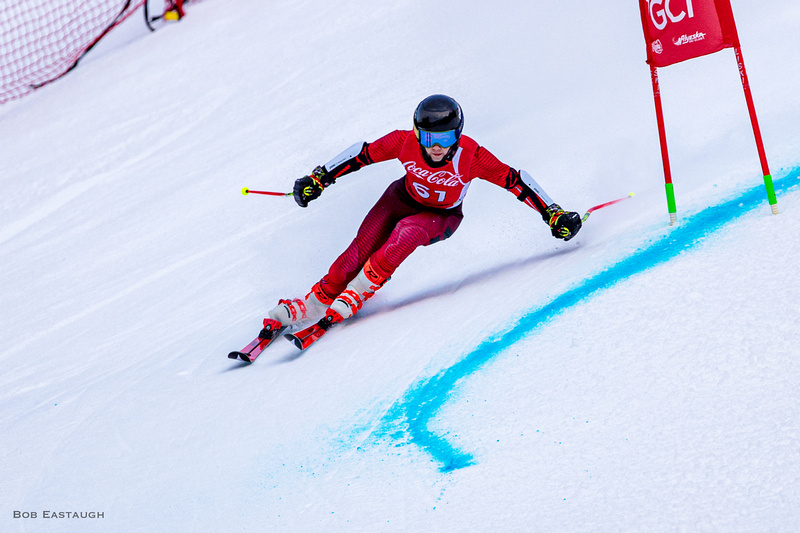 A92I3722
A92I3722
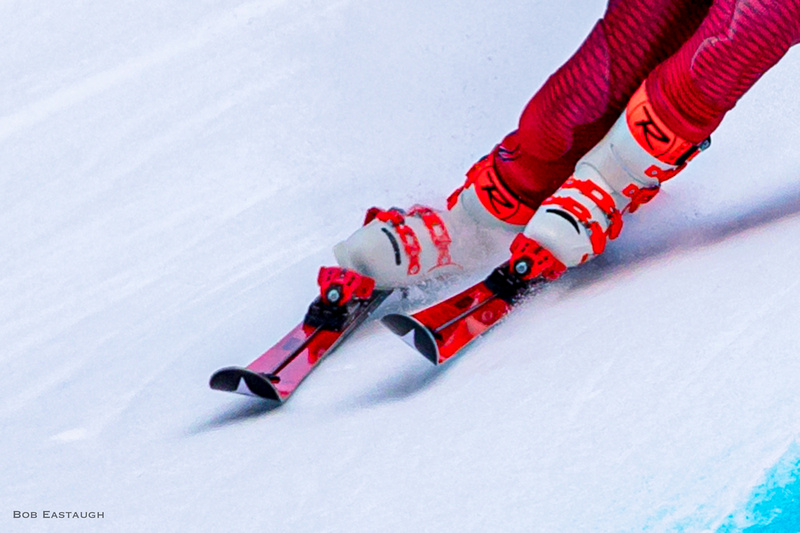 A92I3722-2
A92I3722-2
The camera saw the details in these mishaps much more clearly than the eye.
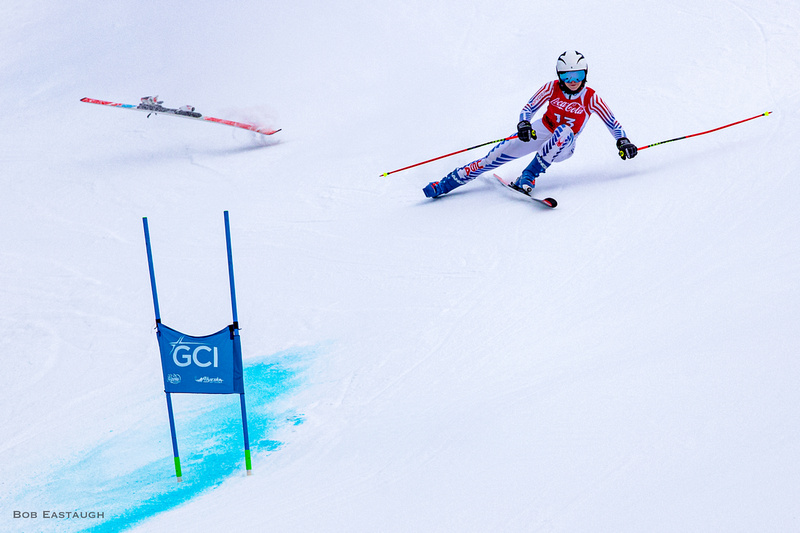 A92I2971
A92I2971
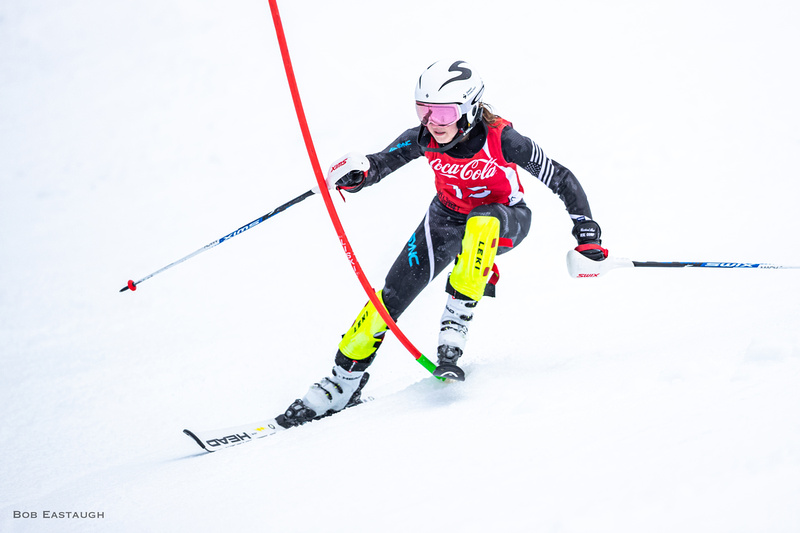 A92I7673
A92I7673
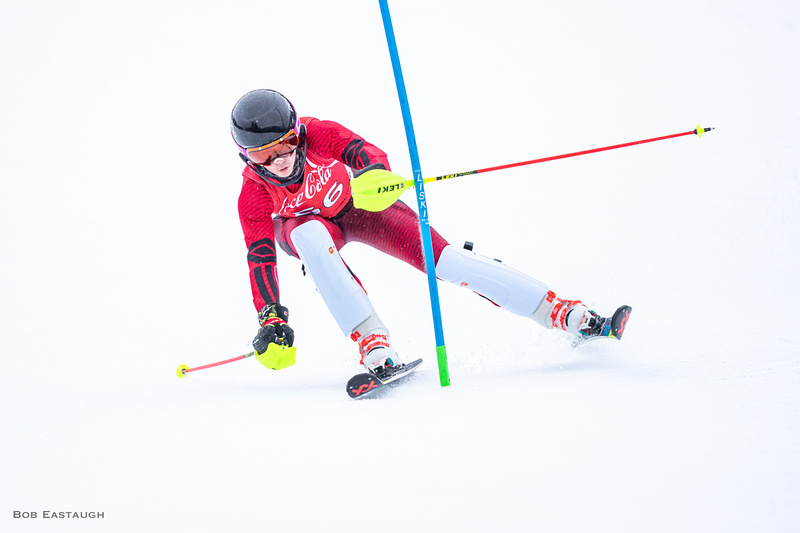 A92I7309
A92I7309
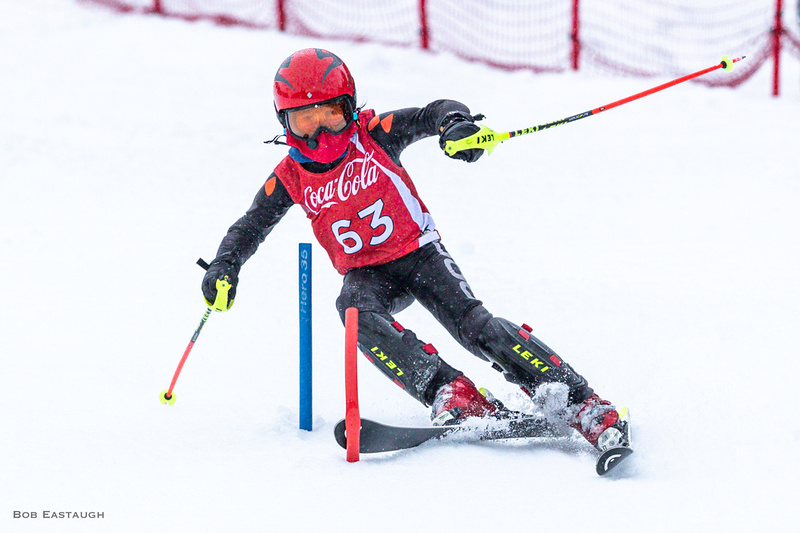 A92I4298
A92I4298
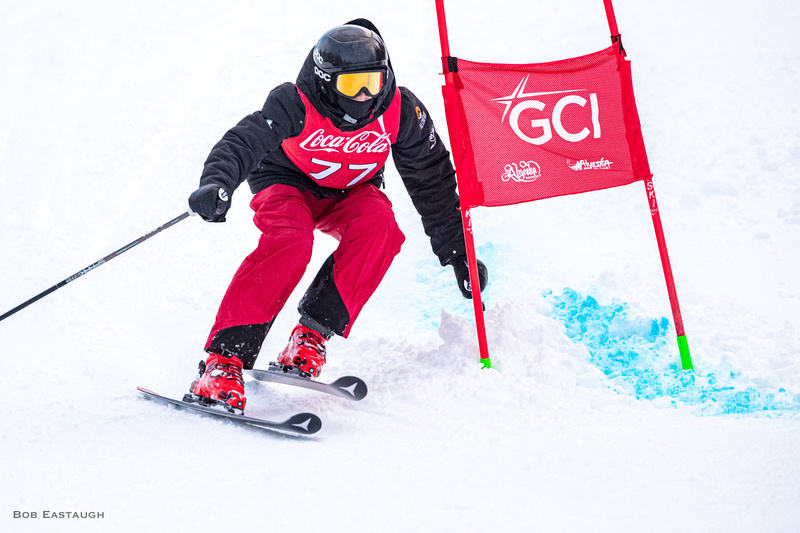 A92I8978
A92I8978
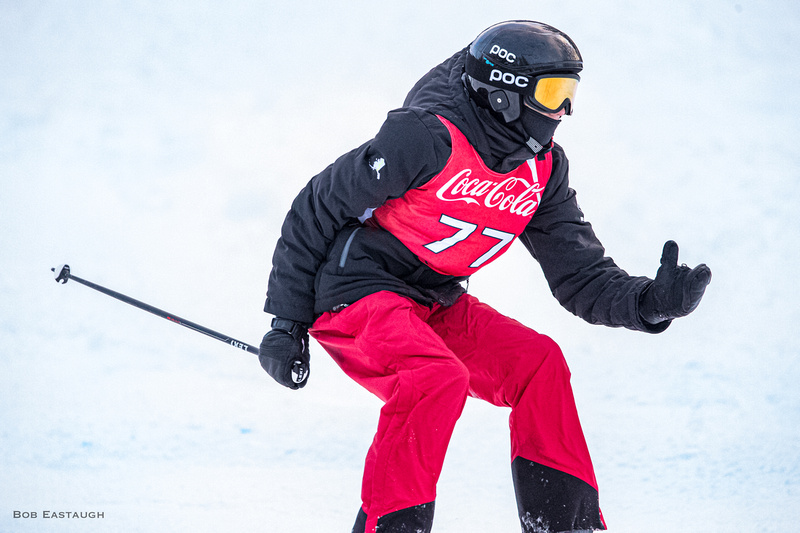 A92I8988
A92I8988
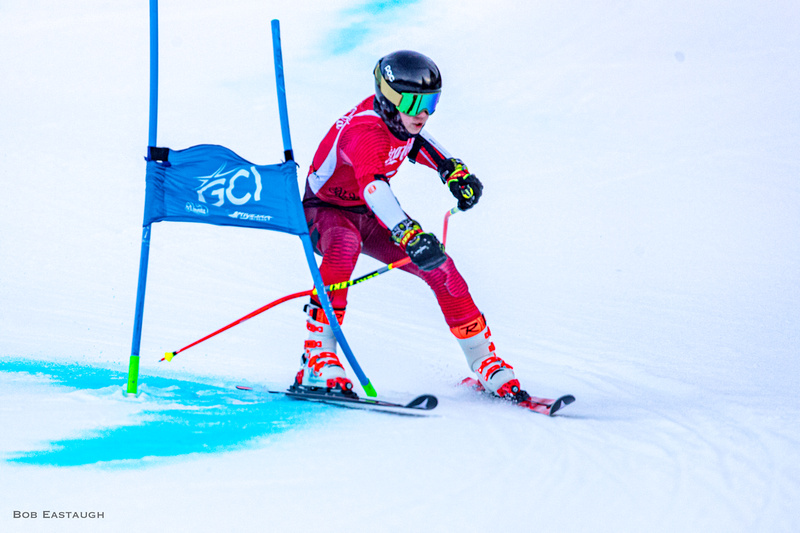 A92I7107
A92I7107
 A92I7112
A92I7112
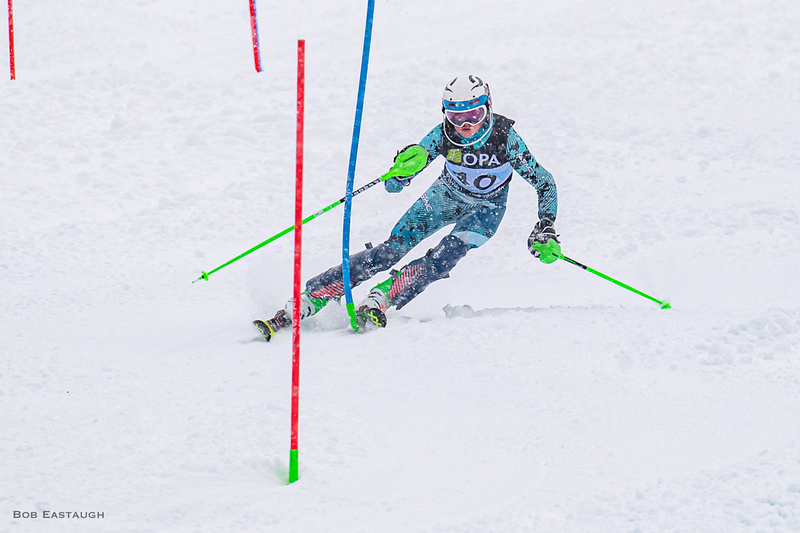 A92I8730
A92I8730
But sometimes it all works out: athleticism in one gate led to recovery in time to make all the rest of the gates.
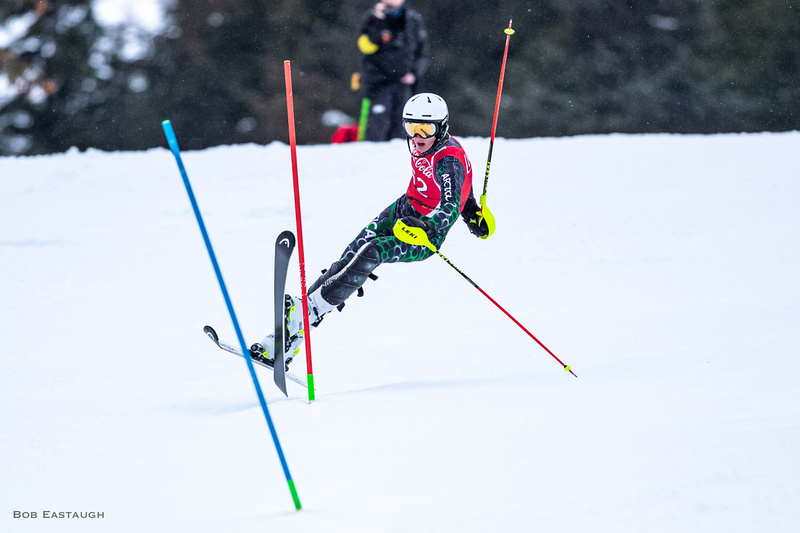 A92I9053
A92I9053
 A92I9101
A92I9101
Desperate conditions require desperate measures: goggles are essential for slalom, especially in a dense snow storm. Unless they fog up.
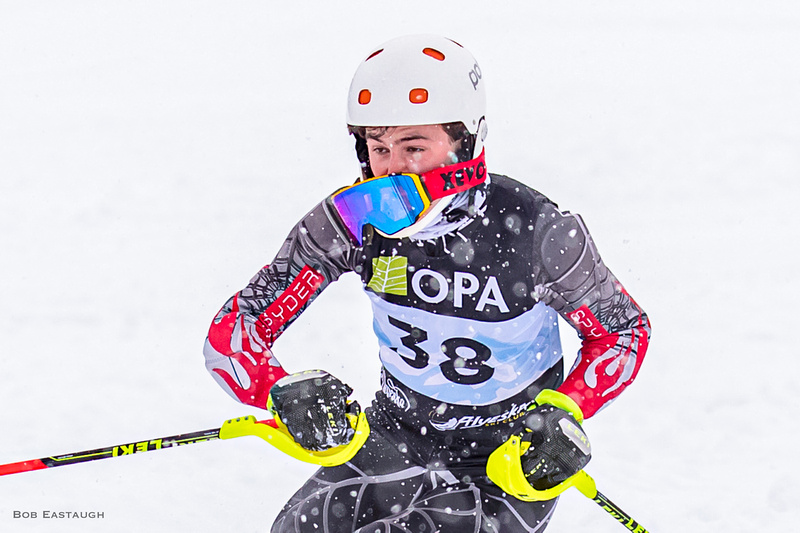 A92I8647
A92I8647
And sometimes you just have to do whatever it take to make the gate.
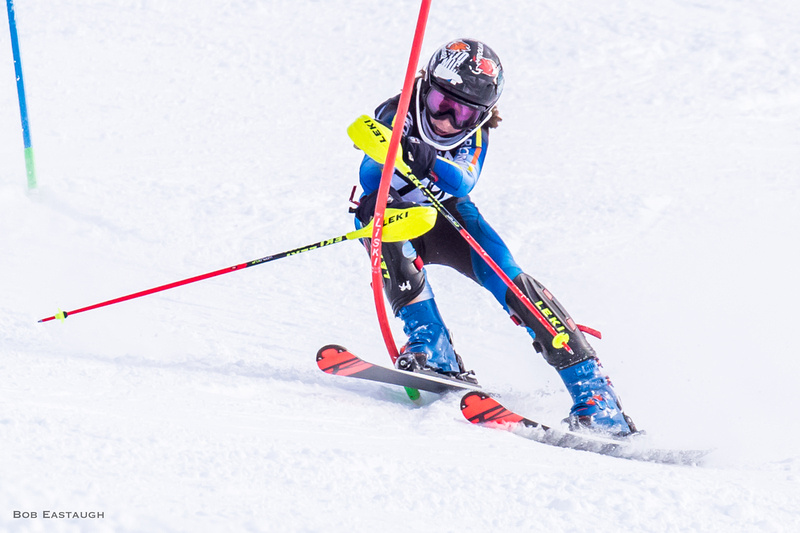 A92I7726
A92I7726
Including snaking on nearly flat skis through a three-gate flush as directly as possible.
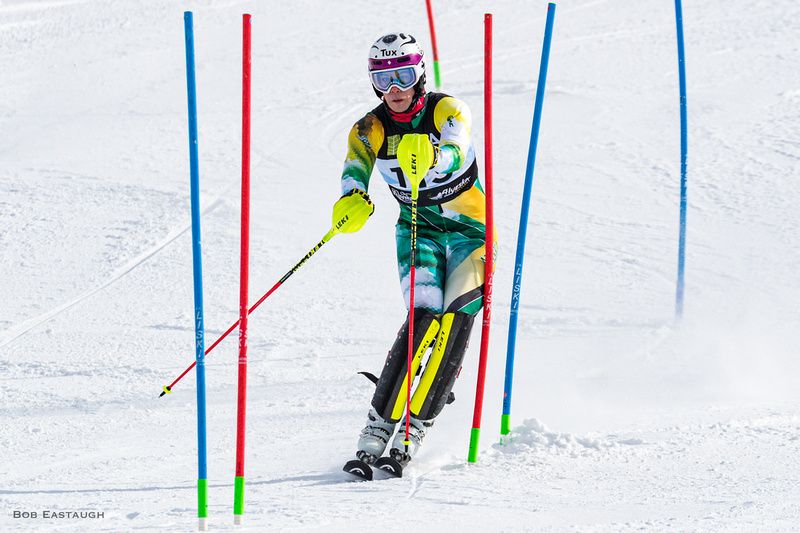 A92I9976
A92I9976
Comments
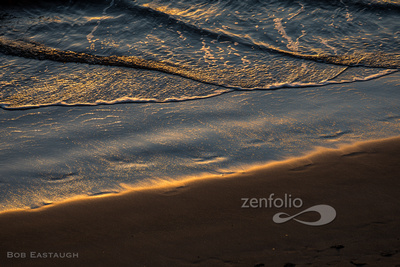

After a lifetime of mainly expressing myself with words, my postings here will mainly rely on images. They will speak for themselves to some extent, but I'll usually add a few comments of explanation. I've taken photographs for decades, since the 1950's, inspired in part by my father's photographic skill. Four years of photo assignments and quality darkroom time eventually gave way to decades of casual and family picture-taking. I re-immersed myself when I left film and turned to digital.